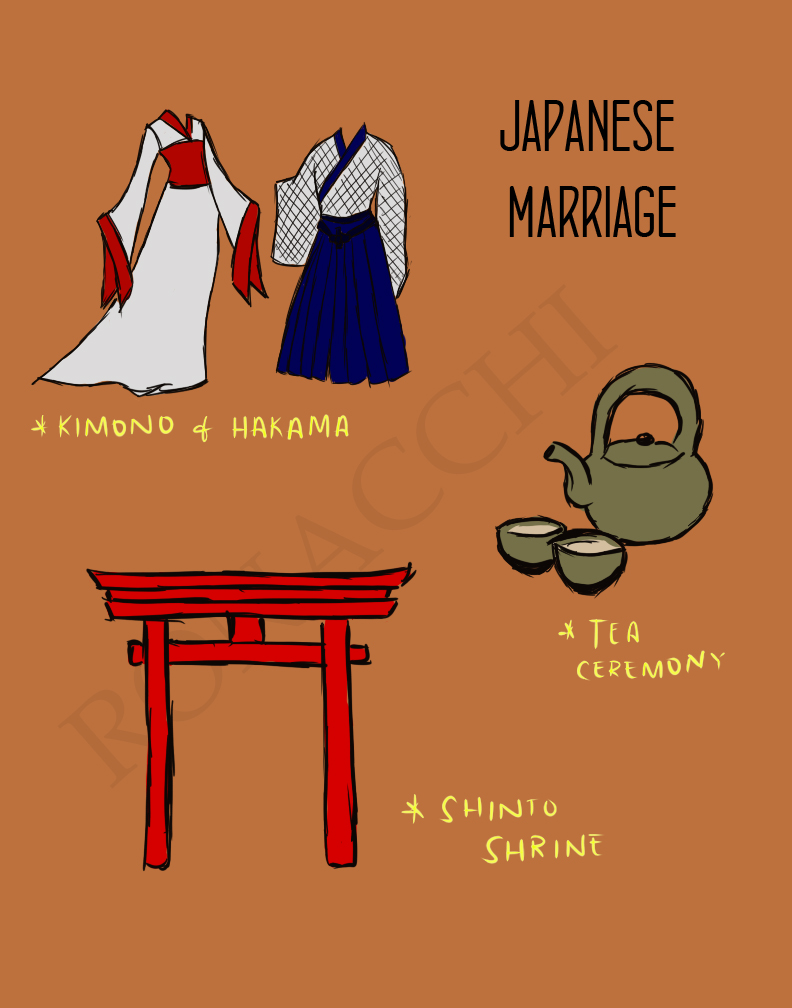What is a karyotype notation - Answers.
A karyotype is the number and appearance of chromosomes in the nucleus of a eukaryote cell. The term is also used of the complete set of chromosomes in a species, or an individual organism.It describes the number of chromosomes, and what they look like under a light microscope.Attention is paid to their length, the position of the centromeres, any differences between the sex chromosomes, and.
Chromosome and Karyotype Review Chromosome Numbers: n is used to represent the number of different chromosomes. Somatic cells always have an even number of chromosomes because they exist in pairs (2n, or diploid). One unique set is found in a father’s sperm (n, or haploid) and one unique complementary set is found in a mother’s egg (n, or haploid). Egg and sperm fuse together during.
Other articles where Karyotype is discussed: genetic testing: Karyotyping: To obtain a person’s karyotype, laboratory technicians grow human cells in tissue culture media. After being stained and sorted, the chromosomes are counted and displayed. The cells are obtained from the blood, skin, or bone marrow or by amniocentesis or chorionic villus sampling, as noted above.
For example, the cytogenetic map location of the CFTR gene is 7q31.2, which indicates it is on chromosome 7, q arm, band 3, sub-band 1, and sub-sub-band 2. The ends of the chromosomes are labeled ptel and qtel. For example, the notation 7qtel refers to the end of the long arm of chromosome 7.
I'm a first year PhD student on evolutionary biology. As I work on the karyotyping of a species of earthworm, I would like to know if there is a software designed for this, cause sometimes I see.
View Extra Credit.docx from BIOLOGY 1010 at Prince George's Community College, Largo. Extra Credit- Human Karyotyping 1. Write the karyotype notation for patient A Karyotype notation for the patient.
Karyotype: The characterization of the chromosomal complement of an individual's cell, including number, form, and size of the chromosomes. A photomicrograph of chromosomes arranged according to a standard classification. A chromosome banding pattern is comprised of alternating light and dark stripes, or bands, that appear along its length after being stained with a dye. A unique banding.








